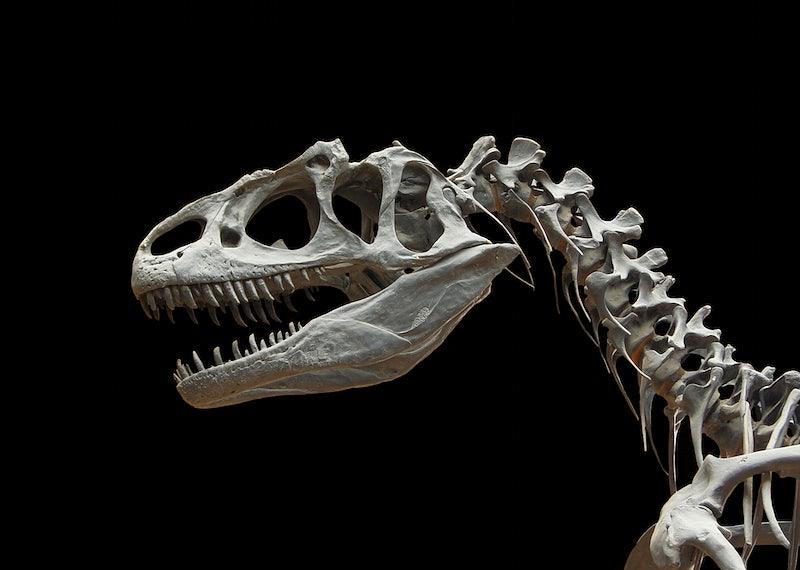
This is an adaptation of an HHMI BioInteractive activity. Students use graphics of scenes from two different areas where Rock Pocket Mice are evolving due to a change in environmental conditions (ie

This is an adaptation of an HHMI BioInteractive activity. Students use graphics of scenes from two different areas where Rock Pocket Mice are evolving due to a change in environmental conditions (ie

Students research desert organisms and create a dynamic food web system model using Loopy.

Students will use inquiry to see the conversation of energy by burning up oxygen and sugars to see Carbon Dioxide present in a system and create energy.

This lesson takes place in a classroom for 3 hours, where students will work in small groups of 2-3. to design and create 3-dimensional models of either a plant cell or an animal cell. This lesson

Building a DNA model in the classroom can be a fun and engaging activity for students to understand the structure and properties of DNA. This is a simplified model to help students visualize DNA, as

What is biomimicry? What's wrong with Pringles cans? Students explore these questions in the lesson. They will read an article about Pringles cans before using biomimicry to design a new can.

A 1st grade lesson plan asking students to create a model to classify dinosaurs into different groups according to similarities. Following the classification, a classroom discussion about the ways

Bee Colony Collapse Disorder was first discovered around 2005. Since then, 60-80 percent of honey bee hives have been affected. Scientists thought they were making progress into identifying the

This is a series of lessons where students will observe natural activities in the garden for five days. From the observation, they will identify the factors that have high probability of causing